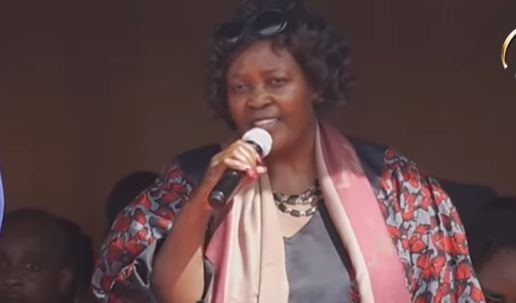Kiambu county assembly members are drafting a bill that seeks 45 per cent of the development budget to be controlled by MCAs in their wards.
The County Revenue Allocation Bill, 2022 will be tabled on the floor of the assembly once they resume from recess in February this year.
It is sponsored by deputy speaker Philip Mubea who is the MCA for Cianda ward in Kiambaa constituency.
According to Mubea, MCAs lose their seats because they have nothing to show for in terms of projects.
All credit goes to the governor who implements what has been passed by the assembly.
“The work of MCAs is representation, legislation and oversight. When it comes to implementation, the county executive head, who is the governor, takes all credit,” Mubea said.
He added that once the Bill sails through, it will ensure that the MCAs are responsible, accountable and will not make empty promises to the people.
He said that currently the county has been operating on budget parameters and development money can be transferred from one project to another depending on convenience and not by priority needs of wards.
The object and purpose of the Bill is to provide a framework for the equitable sharing of county resources among wards.
The Bill states that there shall be an annual budget allocation for ward projects and services consisting of an amount not less than 45 per cent of development expenditure for every financial year.
The amount shall be calculated on the basis of the development expenditure as approved in the county fiscal strategy paper and shall exclude the facility improvement fund and conditional grants.
An accurate record of all payment made for projects to every ward shall be kept and updated every month by the county treasury.
The Bill advocates for the list of proposed ward based projects coming from public participation to be submitted to the executive by the ward administrator hence compile and grant necessary approval.
Funds provided under the Act once passed shall not be used for the purpose of supporting political bodies, political activities, religious bodies or religious activities.
Once the funds are allocated for a particular project, they shall remain allocated for that project and may only be reallocated for any other purposes during the financial year.
This is in accordance with the provisions of the Public Finance Management Act, 2012.
The number of projects to be included in the ward project submission form specified in the second schedule shall comply with the county policy on project identification and implementation.
In terms of cost estimates to be realistic, the ward administrator, MCA, general public and other stakeholders, including technical personnel shall identify and rank all projects.
The executive shall make appropriate consultations with the relevant government departments to ensure that the cost estimates of the projects are as realistic as possible.
Identifying development projects for prioritisation regard shall be made to the approved development plans.
A project or any part which involves personal awards to any person in cash or in kind shall be excluded from the list of projects submitted in accordance with the Act.
The Act will provide for the county executive to consider part funding of a project from other sources. The executive shall submit a report quarterly basis.
The basis for the budget ceiling shall apply to the proportions of population which will take 30 per cent, basic equal share 60 per cent, and land area to take 10 per cent.
This is as set out in the fourth schedule subject to approval by the county assembly.
The parameters shall be reviewed after every census or economic survey by the Kenya National Bureau of Statistics to reflect changes in the ward demographic variables.
(edited by Amol Awuor)













